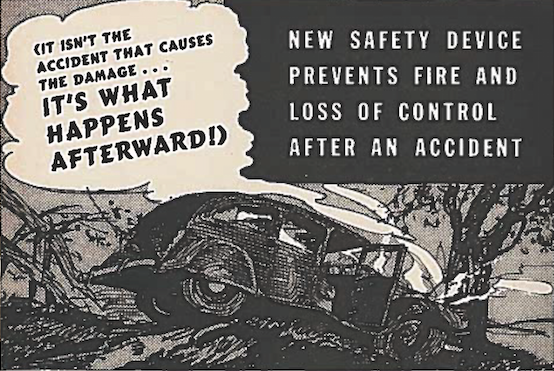Today’s Components Trace Legacy To Yesterday’s Innovation
Ignition used to be a problem, but innovation intervened. This video is presented by The Group Training Academy.
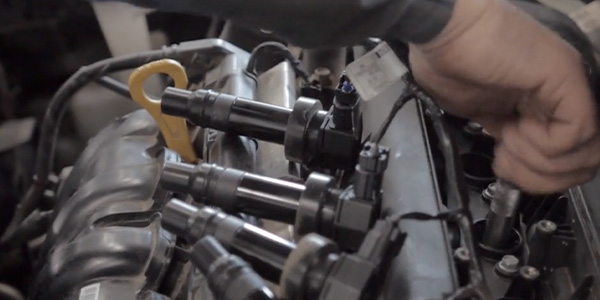
VIDEO: Navigating the Ignition Coil Connector
Always check the wiring diagram to confirm the connections to the coil. This video is sponsored by Standard Motor Products.
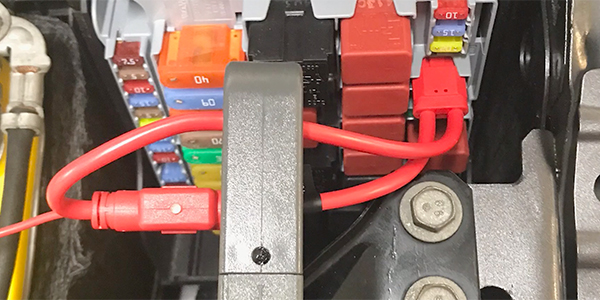
VIDEO: Ignition Coil Torque
Don’t let improper torquing of the bolt ruin the job. This video is sponsored by Standard Motor Products.

VIDEO: Why Are Ignition Coils Lubricated?
Do you know why Mercedes lubricates their ignition coils at the factory? This video is sponsored by Standard Motor Products.
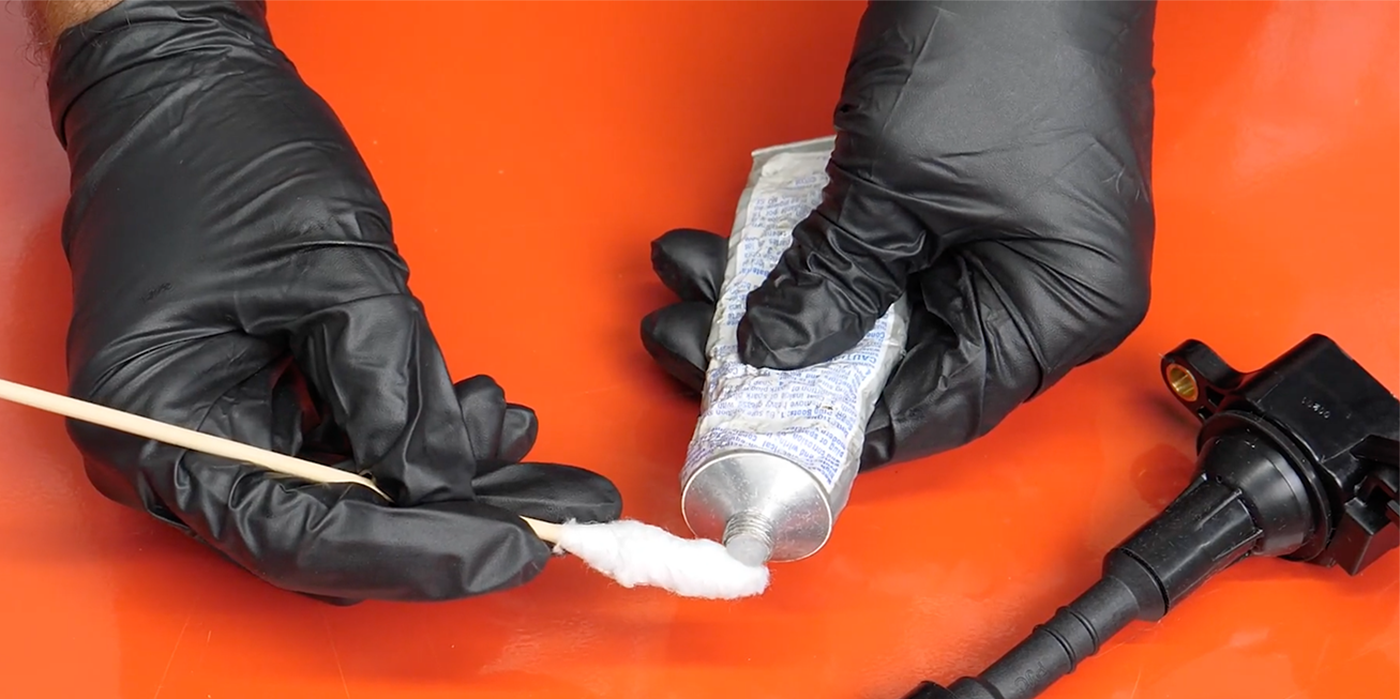
VIDEO: How Much Energy Does It Take To Fire A Coil?
The condition of a spark plug can tell you a lot. This video is sponsored by Standard Motor Products.
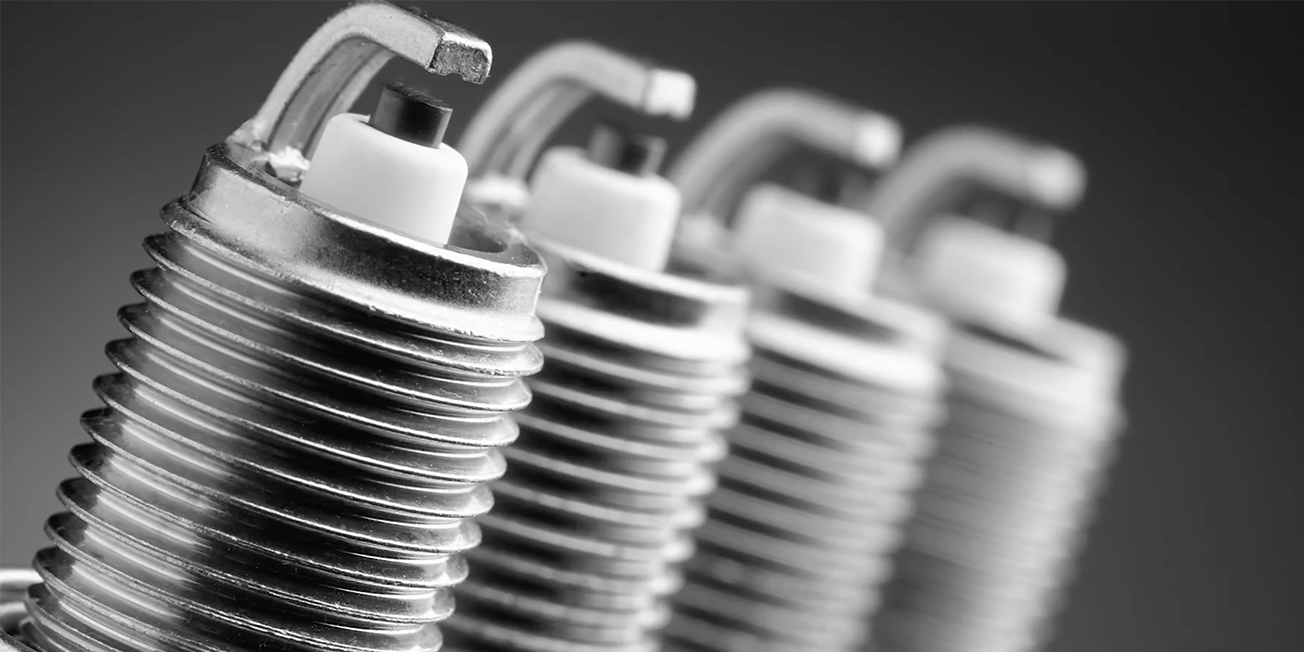
VIDEO: Why Should You Replace All The Coils And Plugs?
Bad plugs could be the root cause of coil failure. This video is sponsored by NGK and NTK.
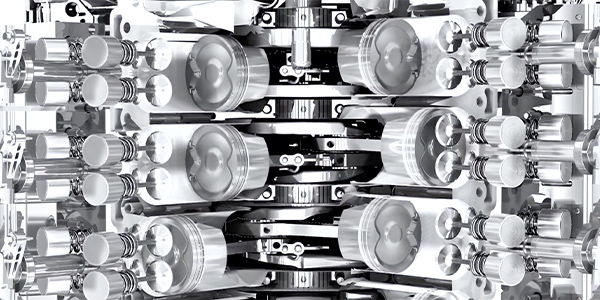
VIDEO: Diagnosing A Check Engine Light
What could cause the light to flash? This video is sponsored by Auto Value and Bumper to Bumper.
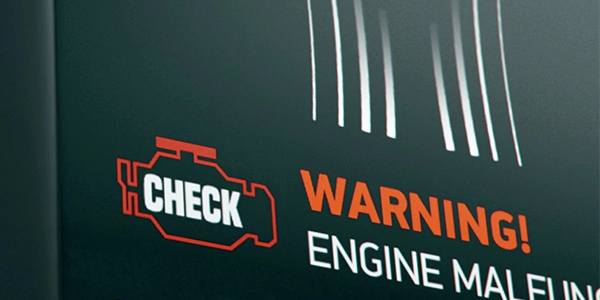
VIDEO: Ignition Coil Secondary Ignition Waveforms
A “burn line” can tell you a lot about what’s going on under the hood. This video is sponsored by Autolite.
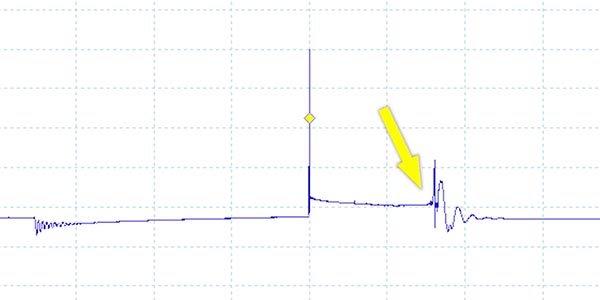
VIDEO: Connection Between Oil Changes And Low-Speed Pre-Ignition
Andrew Markel explains low-speed pre-ignition, how this condition can damage engine components, and how specified oil can help prevent it. Sponsored by Auto Value and Bumper to Bumper.
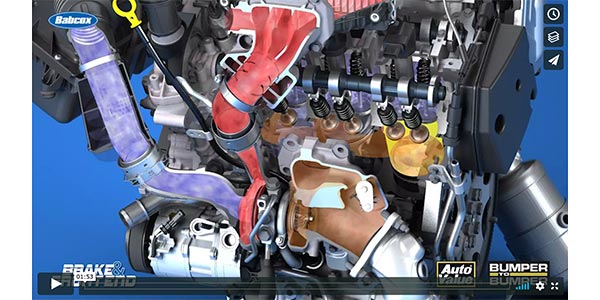
Preventing Low-Speed Pre-Ignition With The Right Oil
Selecting the correct type and weight of oil for a vehicle becomes more difficult every model year. Recently, many manufacturers have recommended specific oil grades that meet proprietary requirements.
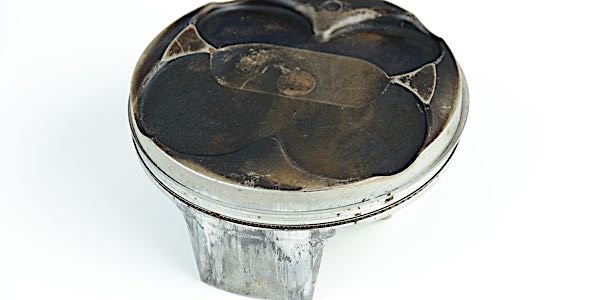
OBD II Misfire And Diagnosis
When diagnosing misfires, it’s important to use tools that allow you to go beyond a simple code reader that displays a P03XX. Even an OEM-level scan tool can’t tell you what the firing voltage is or what the ignition pattern looks like. Nor can it tell you if the serial data is accurate or correct. For that kind of information you need a DVOM or a graphing multimeter/oscilloscope that can look at sensor voltages directly and display primary and secondary ignition patterns.

